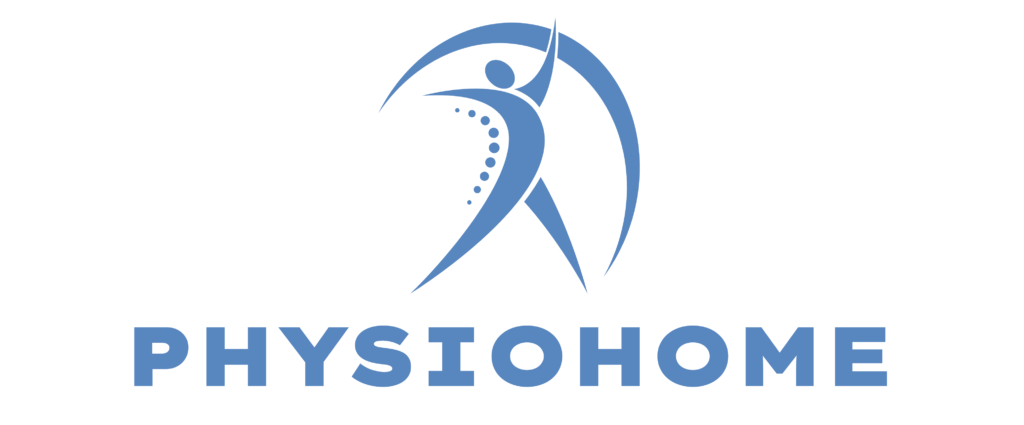Work-related injuries can be physically and emotionally taxing, often disrupting not only an individual’s health but also their livelihood. Amidst the challenges of recuperation, the role of rehabilitation emerges as a pivotal component in the journey towards recovery and returning to the workforce. In this article, we delve into the significance of rehabilitation in the treatment of work injuries, exploring its multifaceted contributions to restoring functionality, mitigating pain, and fostering psychological well-being. From tailored exercise regimens to specialized therapies, rehabilitation strategies offer personalized approaches aimed at addressing the unique needs of injured workers. Moreover, beyond mere physical restoration, rehabilitation equips individuals with the tools and confidence necessary to navigate the demands of their professional lives post-injury. By examining the integral role of rehabilitation, we gain insights into its transformative impact on work injury treatment, illuminating pathways towards holistic healing and sustained productivity.
The Process of Rehabilitation Following a Work-Related Injury
Work-related injuries can disrupt not only a person’s physical health but also their professional and personal life. Rehabilitation following such injuries plays a pivotal role in restoring function, reducing pain, and facilitating a safe return to work. In this comprehensive guide, we’ll delve into the process of rehabilitation following a work-related injury, outlining the steps involved and the importance of each stage in promoting recovery and well-being.

Initial Assessment
The rehabilitation process typically begins with a thorough assessment conducted by healthcare professionals, such as physiotherapists or occupational therapists. This assessment aims to evaluate the extent of the injury, identify any underlying issues, and determine the individual’s rehabilitation needs. Through physical examinations, medical history reviews, and diagnostic tests, healthcare providers gather essential information to develop a personalized rehabilitation plan tailored to the individual’s specific circumstances.
Goal Setting
Setting clear and achievable goals is essential for guiding the rehabilitation process and measuring progress along the way. During this stage, healthcare professionals work collaboratively with the injured individual to establish realistic rehabilitation goals based on their functional abilities, recovery timeline, and vocational aspirations. Whether the goals involve improving range of motion, reducing pain, or enhancing functional skills, they serve as milestones to strive for throughout the rehabilitation journey.
Treatment Planning
With goals in place, healthcare providers devise a comprehensive treatment plan designed to address the individual’s unique rehabilitation needs. This plan may include a combination of therapeutic interventions such as physical therapy, occupational therapy, pain management techniques, and assistive device training. The treatment plan is continually reassessed and adjusted based on the individual’s progress, ensuring that rehabilitation remains aligned with their evolving needs and goals.
Therapy Sessions
Therapy sessions form the cornerstone of the rehabilitation process, providing structured opportunities for individuals to engage in targeted exercises and activities aimed at improving physical function and mobility. Depending on the nature of the injury, therapy sessions may focus on strengthening exercises, flexibility training, balance and coordination drills, or functional tasks related to daily living and work activities. Through regular attendance and active participation in therapy sessions, individuals can accelerate their recovery and optimize functional outcomes.
Progress Monitoring
Regular monitoring of progress is integral to assessing the effectiveness of rehabilitation interventions and adjusting treatment strategies as needed. Healthcare professionals track various indicators of progress, including improvements in strength, range of motion, pain levels, and functional abilities. Objective measures such as standardized assessment tools and functional tests help quantify progress and inform decision-making regarding the intensity and duration of rehabilitation interventions.
Preventing Work-Related Injuries Through Rehabilitation and Ergonomics
Work-related injuries not only cause physical pain and discomfort but can also result in lost productivity, increased healthcare costs, and long-term disability. However, many workplace injuries are preventable with the right combination of rehabilitation and ergonomics. In this blog post, we’ll explore how a proactive approach to rehabilitation and ergonomics can help organizations create safer work environments, reduce the risk of injuries, and enhance the well-being of their employees.
Identifying Workplace Hazards
Effective injury prevention begins with identifying and addressing workplace hazards. Employers should conduct regular ergonomic assessments to identify potential risk factors such as repetitive motions, awkward postures, excessive force, and inadequate workstation setups. By proactively addressing these hazards, organizations can create a safer and more ergonomic work environment for their employees.
Implementing Ergonomic Solutions
Once workplace hazards have been identified, employers can implement ergonomic solutions to mitigate risks and improve worker safety. This may involve redesigning workstations, providing ergonomic accessories such as adjustable chairs and keyboards, and offering training on proper ergonomic practices. Investing in ergonomic solutions not only reduces the likelihood of work-related injuries but also enhances employee comfort, productivity, and satisfaction.
Promoting Employee Education and Training
Education and training are essential components of any successful injury prevention program. Employers should provide employees with training on proper ergonomic techniques, safe lifting practices, and early warning signs of MSDs. By empowering employees to recognize and address ergonomic risks in their work environment, organizations can foster a culture of safety and reduce the incidence of work-related injuries.
Encouraging Regular Breaks and Stretching Exercises
Prolonged periods of sitting or performing repetitive tasks can increase the risk of work-related injuries. Encouraging employees to take regular breaks and engage in stretching exercises can help alleviate muscle tension, improve circulation, and reduce the likelihood of musculoskeletal strain. Employers can provide ergonomic reminders, such as software prompts or break timers, to encourage employees to incorporate regular breaks into their workday.
Monitoring and Adjusting Ergonomic Interventions
Workplace ergonomics is an ongoing process that requires regular monitoring and adjustment. Employers should periodically reassess ergonomic interventions to ensure their effectiveness and make any necessary adjustments based on feedback from employees. By continuously improving ergonomic solutions and addressing emerging risks, organizations can stay proactive in preventing work-related injuries and promoting employee well-being.
Types of Rehabilitation Services for Work-Related Injuries
Work-related injuries can vary widely in their nature and severity, requiring a tailored approach to rehabilitation. In this post, we’ll explore the diverse range of rehabilitation services available to address the unique needs of injured workers and facilitate their recovery process.
- Physical Therapy: Focuses on improving mobility, strength, and function through exercises, manual therapy, and modalities such as heat and cold therapy.
- Occupational Therapy: Helps individuals regain independence in daily activities through adaptive techniques, ergonomic assessments, and task-specific training.
- Vocational Rehabilitation: Assists injured workers in returning to work or finding new employment through job retraining, skills assessments, and career counseling.
- Psychological Counseling: Addresses the emotional and mental health aspects of injury recovery, including stress management, coping skills, and trauma therapy.
Conclusion
The role of rehabilitation in work injury treatment cannot be overstated. It plays a pivotal role in restoring physical function, alleviating pain, and enabling individuals to regain independence in their professional and personal lives. Through targeted exercises, manual therapy, and education, rehabilitation empowers workers to overcome injuries and return to their jobs safely and confidently. At Physiohome, we understand the importance of comprehensive rehabilitation in the recovery process. Our team of skilled professionals is dedicated to providing personalized care tailored to each individual’s needs, ensuring a smooth and effective journey towards full recovery.
For more information on how rehabilitation can benefit you or your employees after a work injury, please don’t hesitate to contact us at Physiohome. You can reach us at +971 52 730 9683. Our friendly staff are ready to assist you and answer any questions you may have. Your well-being is our priority, and we’re here to support you every step of the way.

